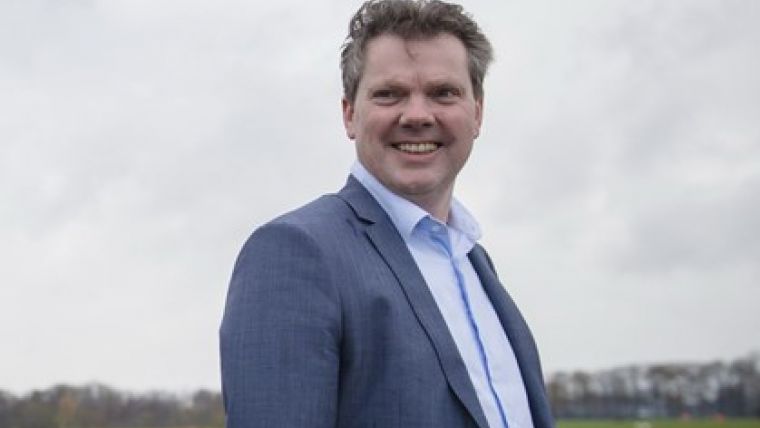5 Questions to...Kees de Zeeuw
The January 2015 issue of GIM International included a feature on an ‘emerging new era in land administration’. The article charted the new way of thinking and uncovered why there are good reasons for optimism about the future security of global land rights. We asked Kees de Zeeuw, director of Kadaster International, for his thoughts.
What is your opinion of the ‘emerging new era in land administration’?
In my view, this era is not emerging – we are already acting in it. Within the profession it is widely understood that we have to deliver a global land administration now. The population is growing and the pressure on land and natural resources is increasing all the time. There are limits; land is scarce. There are too many land-related conflicts and disputes resulting in unequal access to land. Governments need a proper land information system to govern. It is more important to include all parcels and other spatial units of a country than to have highly accurate coordinates of each of those parcels. The real accuracy is in the quality of the described relationships between right-holders, the rights and the spatial units where those rights apply. Let’s start by establishing rough land administration covering all the territories worldwide, including low-income areas. The land administration can be fine-tuned at a later stage.
What needs to be done?
The land administration challenge is that we cannot work for centuries to establish a well-functioning system. As Clarissa Augustinus recently said: let’s solve the problem in our generation!
We have the technologies and approaches available – based on well-referenced imagery. We have very good companies and communities providing tools. These can be used for collecting evidence from the field as in Rwanda, Lesotho, Colombia and other countries. Results from the field can always be combined in a GIS with results of so-called ‘automatic feature extraction’, as explained in the feature in January. That means that objects, such as parcel boundaries, can be automatically determined from a digital image. This method could be used for the administration of large areas, saving a lot of time. Boundaries as indentified in the field can be simply drawn on an image, and be linked to the digital map. In this way, field work can be simple – by pen on an image – and the georeferenced data is of acceptable quality.
How should this be organised?
The different professional worlds are increasingly co-operating, as can be seen in the United Nations Committee of Experts on Global Geospatial Information Management (UN-GGIM). The worlds of mapping, land administration, remote sensing and statistics are meeting and working towards a global geospatial infrastructure. We can see similar approaches at both continental and country level. Recently, during an event in India, I joined a discussion on user-centric or citizen-centric approaches. Some colleagues see the new era as user-centric – without a role for the national land administration and mapping agencies – in which everything will be done by the people themselves with support from services ‘in the cloud’. I disagree with that; national mapping agencies and land administration agencies are citizen-centric. Their services are available for all citizens, including the poor, and not only for people who are able to pay for the services of businesses – because that cannot be a sound foundation for a society. So users and citizens are not the same.
What is lacking?
Capacity is needed. Robin McLaren stated several times that FIG is representing only 350,000 professionals worldwide. Much more is needed – at ‘grassroots level’, such as in Rwanda where villagers received a crash course in measurement techniques so that they could collect data. Coordination and organisation of the land administration requires professional approaches. The primary key to success is cooperation between the public and private sector. Based on a rough calculation of the costs, between USD50 billion and USD100 billion are needed to create the data. That might sound like a large amount of money, but on a global scale this is not much at all.
What is your contribution?
At Kadaster International we have the ambition to become active and make inclusive land administration happen, on a worldwide scale, and within our lifetime. We know it can be done. But of course we cannot do it alone; we are a small player. Therefore, we challenge our colleagues and professional friends to share this ambition. We will continue to share our knowledge and use our network to bring stakeholders together wherever possible.
Kadaster is The Netherlands’ Cadastre, Land Registry and Mapping Agency. Kadaster is a non-departmental public body, operating under the political responsibility of the Minister of Infrastructure and the Environment.

Value staying current with geomatics?
Stay on the map with our expertly curated newsletters.
We provide educational insights, industry updates, and inspiring stories to help you learn, grow, and reach your full potential in your field. Don't miss out - subscribe today and ensure you're always informed, educated, and inspired.
Choose your newsletter(s)












